Belly Button Oiling: Benefits, Best Oils & How to Do It Correctly
| Authored by: Adeeba |
| Reviewed by: Kapil Dhameja |
| Estimated Reading Time: 6 minutes |
Maybe one would have to stare for a while thinking “glowing skin, better digestion, or even emotional balance from a drop of oil on the belly button…?”, but it is a fact that these are the benefits of such a practice.
Nevertheless, the belly button isn’t the first thing that comes to our mind when we think of medicines. However, the belly button oiling, an ancient, comforting ritual from old-health traditions that is abruptly becoming a massive trend on the whole social media.
It is a hit because it is simple, soft, no need for a new gadget, and to be honest, it is like giving yourself a warm hug.
Let's understand the concept of belly button oiling, why it is a worldwide trend, how Ayurveda understands this intriguing practice, and the ways to do it at home safely. We take it one step at a time, understandable and without myths.
What is belly button oiling?

Belly button oiling, also referred to as navel oiling, nabhi oiling, or nabhi purana, is honestly one of those rituals where the simplicity feels almost magical. Imagine this: after a long day, you lie down, warm a little oil, and place a few gentle drops right into your navel. The warmth relaxes your stomach muscles, calms your senses, and ground your mind. That's belly button oiling in its purest form.
But beneath this soothing, spa-like feeling, there’s a lot more happening.
Your belly button is not merely a small dent in your stomach but the exact spot where you once received all your nourishment in the womb. Through that one point, the body of your mother fed and maintained you, strengthened you, and built your organs and nourished every part of you. Even now, the area surrounding the navel remains attached to a thick web of nerves, lymphatic tissues, blood vessels, and fascia beneath the skin.
Therefore, when you apply oil to your navel, you do not just moisturize a small hollow but nurture the center of your abdomen, digestive region, and emotional core.
People today use belly button oiling for:
-
Hydrating dry skin, especially the facial and lip areas.
-
Supporting digestion and reducing bloating and cramps.
-
Cool or warm the body, depending on the oil.
-
Abdominal tension relaxation.
-
Balancing Vata or Pitta
-
Improving sleep and grounding the mind.
This is one of those rituals that require no more than a drop of oil and a few minutes of stillness and it feels incredibly grounding. You don't need any big Ayurvedic setup, no massages, no equipment, no heavy commitment. And this, of course, is exactly why people absolutely love it; it's a tiny ritual with a surprisingly big emotional return.
Why Is Belly Button Oiling Trending?
Honestly, belly button oiling is the type of trend that makes one smile because it's wholesome. It is not a harsh peel, not a complicated serum routine, not some painful therapy, just a drop of oil and a comforting ritual. So why did it explode online?
1. Because the world is craving simple, grounding rituals
We've entered an era where people are overwhelmed-stress, screens, deadlines, emotional fatigue. Gentle rituals like belly button oiling bring us back to our body, calm our mind, and give us a moment of peace. It feels safe, nurturing, and almost nostalgic.
2. Social media went viral for it-in the cutest way!
The influencers shared videos and talking about belly button oiling and it's benefits:
-
radiant skin
-
better digestion
-
softer lips
-
better sleep
-
less bloating
3. Interest in Ayurveda was revived among people.
There is a huge global shift toward natural beauty, Ayurvedic herbs, gut-health practices, and gentle healing. Belly button oiling fits right into this wave of slow, mindful wellness.
As Ayurveda puts it, the belly button is the center of:
-
digestion/ Agni
-
circulation
-
nervous system balance
-
Vata & Pitta regulation
People naturally became curious.
5. It is so easy to do, anyone can do it.
No skills,no tools, no special timing, no side effects, no charge
Just oil + navel + 2 minutes.
6. It relaxes the mind.
As the abdominal region relaxes, the entire parasympathetic nervous system activates-this is the "rest and digest" mode of the body. It is deeply calming, especially for people who are anxious, overthinkers-most of us-or those who carry emotional tension in the stomach.
Ayurvedic Perspective: Why the Navel Matters

In Ayurveda, the navel (Nabhi) is not only a physical point of the abdomen but is considered a central axis of life, energy, and digestion. It is believed that the Prana, or vital life force, converges at this point, making it an extremely sensitive center that influences the entire body.
The umbilical cord nourished every single part of your body through the nabhi during fetal development. According to Ayurveda, this centrality doesn't disappear after birth; the area continues to remain structurally and energetically significant because it is surrounded by:
-
Major blood vessels.
-
Dense nerve networks.
-
The enteric nervous system, or gut-brain system.
-
Digestive organs
-
Marma points associated with vitality.
Actually, the navel is located near Gudanadi Marma, an important energy point associated with intestines, reproductive health, and overall vitality.
From an Ayurvedic perspective, the navel is considered a gateway to the balance of all three doshas but most especially Vata and Pitta, which govern: digestion, hormonal balance, circulation, emotional processing, metabolic strength: Agni
According to Ayurveda, with a dry, irritated, or energetically disturbed navel area, one may feel bloated, constipated, anxious, or irritable, their sleep may be disturbed, and skin and hair can become dry.
In a way, by oiling the navel, you are soothing the digestive fire (Agni), calming the nervous system, and nourishing the tissues connected through this region. This is why warm oil often feels instantly grounding and comforting, it pacifies Vata and softens that emotional tightness so many people hold unknowingly in their abdomen.
So, while contemporary wellness may consider belly button oiling to be a “self-care ritual,” Ayurveda finds it to be a subtle yet powerful means of realigning the inner balance, nourishing the gut, and stabilizing the mind-body axis.
Understanding the Pechoti Concept
The Pechoti gland is one aspect that many people talk about regarding belly button oiling. Social media says, “Behind your navel, there is the Pechoti gland that absorbs the oils.”
But here's the friendly reality check: Ayurveda does not refer to any specific “Pechoti gland.”
Modern anatomy also does not identify a structure by this name.
So where did this idea come from?
It looks like it came from a mix of old ways of doing things with the belly button and new ways of looking at them. The Pechoti gland itself hasn't been proven to exist in the body, but the effects people feel are very real. Here's why:
1. The navel area is rich in nerves and blood supply.
Even without a "Pechoti gland," this area is linked with the digestive tract, the lymphatic system, and fascia. Warm oil on such a sensitive area can induce relaxation, ease abdominal tension, and calm the gut.
2. Oil nourishes the skin and the fascia.
The navel is located in the center of the abdominal fascia. Once oil is applied, it can relax the tissues around the stomach and intestines. This may have the potential to relieve cramps, dryness, and tension.
3. Ayurvedic medicine has places of interest in marma therapy.
In the navel area, important marma points represent vitality, digestion, and emotional regulation. Oiling activates these points and will assist in energy flow.
4. Gut-brain connection is the reason for the effect.
Your abdomen contains the enteric nervous system, often referred to as the "second brain." Gentle touch and warmth stimulate parasympathetic activation to help the body engage in "rest and digest" mode.
So what should you believe?
Think of the "Pechoti gland" as a modern symbolic explanation for why the navel feels so responsive to oils.
Although the name might not be anatomically correct, the experience, the relief, and comfort from it that people feel are quite real.
Proven Benefits of Belly Button Oiling
Although anointing with belly button oil feels like a soothing, almost meditative ritual, Ayurveda gives it an even more profound basis. The practice works because the navel area forms an important energetic and physiological effects. When warm oil is applied gently, it helps the body function in several meaningful ways:
1. Improves Skin Hydration & Softness
People also find that, when the navel is oiled regularly, the lips, under-eyes, and facial skin are less dry. Ayurveda describes how nabhi nourishment stabilizes Vata, which governs dryness in the body. Application of warm sesame, ghee, or coconut oil may also subtly smoothen out internal moisture levels in the skin and reduce its roughness.
2. Good for Your Gut and Digestion
Your belly is where your digestive fire burns. Massaging your belly with warm oil loosens up those muscles, eases bloating, and gets things moving in your gut. In Ayurveda, putting oil on your navel is a common thing to do if you're dealing with constipation, bellyaches, slow digestion, gas, or cramps.
Warm oil can help calm things down in your digestive system, which is often why you feel bloated and irregular.
3. Lessens Menstrual Discomfort
During menstruation for many women their lower belly gets tight. Putting warm sesame or ajwain oil on your navel can make you feel less heavy, cramped, bloated, and cranky.
The warmth loosens up everything in your belly, helping things flow more smoothly and calming any spasms.
4. Helps with Stress, Sleep, and Emotional Grounding
Your belly is very much linked to your emotional condition; this is where many people feel stress or anxiety in their body. Applying oil to the navel and gently massaging outward activates the parasympathetic nervous system, helping the body enter “rest and digest” mode.
5. Vata & Pitta Balance
Different oils can help with different issues:
-
Sesame oil: Warms and grounds you.
-
Coconut oil: Cools you down.
-
Ghee: Feeds all your tissues and calms swelling.
Getting these things in check can boost your skin, digestion, period comfort, and how you feel overall.
6. Aids Hormone and Reproductive Health
Your navel is near organs that have to do with fertility and hormones. While it's not a cure, oiling can feed your belly, ease stress, and help your reproductive health as part of a full routine.
Best Oils for Belly Button Oil Application

Choosing the right oil is key because the differences in oils all have different purposes. Here’s an easy guide to help you pick the best one for your body and concerns:
1. Sesame Oil – The Best for Overall Balance
If you aren’t sure what oil to use, begin with sesame oil, the most recommended Ayurvedic choice.
-
Deeply warming.
-
Grounding
-
Perfect for Vata imbalance.
-
Great for bloating, constipation, and anxiety.
-
Excellent for winter or cold climates.
It is also ideal for those who easily feel cold, have dry skin, or experience scattered thoughts and restlessness.
2. Coconut Oil – Cooling & Soothing
If you tend to heat up easily, or if you have Pitta-related problems, then coconut oil may be more gentle and cooling.
-
Pacifies heat
-
Helps with acne-prone or sensitive skin.
-
Reduces irritation.
-
Great for summer months.
-
Soothing for hormonal breakouts.
It brings a subtle cooling effect that is instantly soothing.
3. Ghee: Deeply Nourishing & Healing
Ghee is valued in Ayurveda because it nourishes all the seven dhatus of the body.
Use ghee if you want: glowing, nourished skin, Improved digestion, reduced inflammation and deep relaxation before sleep.
Ghee warmed up in the navel at night can be helpful with dryness related issues and emotional fatigue.
Nabhi Oil with Ghee & Almond Oil for Skin Glow,
Nabhi Oil with Ghee & Olive Oil for Skin Glow & Strong Hair.
4. Mustard Oil – Warming & Stimulating
This oil is ideal for: poor circulation, cold body temperature, sluggish digestion, winter blues.
It's strong and can get hot, so be careful using it if you have sensitive skin.
5. Castor Oil - Helps with Digestion
Castor oil is on the thick side and really grounding.
Use it if you have: cramps, constipation, bloating, or a heavy feeling in your belly.
6. Neem Oil – Good for Detox &Clear Skin
Neem is cooling, fights bacteria, and helps detox.
Use it if you're dealing with: acne, swelling, or breakouts from getting overheated.
7. Blended Ayurvedic Oils (Kumkumadi, Nirgundi, Jatamansi, etc.)
Various Ayurvedic formulations combine several herbs that provide multiple benefits.
Kumkumadi oil: for glowing skin, pigmentation.
Nirgundi oil: for cramps or inflammation.
Jatamansi oil: for relaxation and sleep.
Blended oils are great for targeting specific concerns while keeping the ritual gentle and nourishing.
How to Choose the Right Oil for You
If you feel cold, anxious, or bloated then try sesame or castor oil.
If you feel overheated or sensitive then use coconut or neem oil.
If you want glowing skin & nourishment then use Ghee.
Remember, the best oil is the one your body responds to with comfort, warmth, and relaxation.
How to Practice Belly Button Oiling: A Step-by-Step Guide
If you think that belly button oiling needs an entire Ayurvedic setup, a massage table, or some sort of complicated skill akin to what therapists do, relax.
Step 1: Choosing the right oil for your body
Pick an oil based on your concerns:
Sesame oil : For bloating, anxiety, dryness
Coconut oil : For heat, sensitivity, acne-prone skin
Ghee : For deep nourishment and glowing skin
The closer the oil matches your body type, the better the experience.
Step 2: Slightly Heat the Oil
Warm oil works better because it: is deeper-penetrating, relaxes the abdominal muscles, activates circulation, helps calm Vata immediately, Just make sure it's comfortably warm, not hot.
Step 3: Get into a comfortable position
Lie on your back, assuming a relaxed position.
You can place a small pillow under your knees to prevent lower back strain. This position helps your abdomen naturally soften and open.
Step 4: Apply 2–4 drops into the navel.
Gently allow the oil to sink into the navel, without overpouring since the belly button is an absorptive point rather than a container.
Literally, a few drops are more than enough.
Step 5: Let the Oil Stay for 1–5 Minutes
Let the oil settle. You will feel: Warmth and heaviness releasing.Slight increase in the abdominal circumference and a sense of grounding.
Step 6: Massage Outward in Circular Motions
Place your fingers on the navel and massage outward in clockwise circles.
Clockwise direction helps: stimulate digestion, support peristalsis and follow the natural flow of the intestines.
Do this for 2–3 minutes, or for as long as it feels comforting.
Step 7: Relax for a Few Minutes
Remain lying and allow your abdomen to relax.
People often feel: calmer, more connected to their breath, less bloated and emotionally lighter.
This is your parasympathetic system kicking in-your body entering the healing zone.
Who Should Try Belly Button Oiling?
The best thing about belly button oiling is the simplicity of it; it's so gentle, so accessible, and can really fit almost anyone's routine. But some people will benefit most with this practice, particularly when certain mind-body patterns are present.
1. Subjects with Dry Skin or Dehydration
If your lips crack easily, your face feels tight, or your skin gets flaky, this ritual brings instant nourishment from the inside out. It is particularly great for people with a strong Vata constitution, which is generally dry and cool.
2. Anyone with bloating or sluggish digestion
If you often feel: Heavy after meals, bloated and constipated.
Then this practice is a gentle way to calm the gut. Warm oils relax the abdominal muscles, supporting your Agni.
3. Women With Menstrual Heaviness or Cramps
During menstruation, the abdomen is more sensitive. Oiling the navel with castor or warm sesame oil reduces: spasms, heaviness, lower back pulling.
It is a natural, comforting addition to your cycle care routine.
4. Overthinkers, Anxious Minds & Emotional Holders
If you're like most people and tend to hold tension in your stomach, this ritual helps you reconnect with your breath and release emotional tightness. Grounding is incredibly helpful for people who: overthink, feel anxious, are easily overstimulated, and have restless sleep.
It encourages your body to shift into a calmer state.
5. Irregular Eating Patterns
If you eat at different times all the time, your stomach might get upset. Oiling the belly button works as a kind of reset for the abdominal area, regulating your inner rhythm.
6. Those with Vata or Pitta Imbalance
Vata and Pitta imbalance signs may include: dryness, anxiety, irritability, Heat sensitivity and sleep disturbance, period cramps and digestive fluctuations.
The right oil helps pacify the excess dosha and restore harmony.
Myths vs. Facts About Belly Button Oiling
Belly button oiling has become a huge trend, and naturally, when something gets popular, myths start to float around. Some of them are fun, some harmless, and some really need clarification.
Myth 1: "The belly button absorbs oil directly into the organs."
Fact: Your belly button is not some magical vacuum tube that sends oil straight to your liver, uterus, or stomach.
After birth, the connection through the umbilical cord closes. There is no more direct internal pipeline.
But the fact of the matter is: The skin around the navel is thin and rich in: nerves, lymphatic tissues, blood vessels, fascia.
So when you apply oil, it gets absorbed through the skin, not through a hidden "umbilical channel."
Myth 2: “The Pechoti gland exists inside the belly button and absorbs everything.”
Fact: The famous Pechoti gland is the most talked about concept on the internet; however, science has still not confirmed such a gland.
There is no anatomical structure called the "Pechoti gland." But the concept didn’t spring out of nowhere.
Here's the balanced truth: According to Ayurveda, the Nabhi or navel is a marma point, that is, a vital energy center. Modern anatomy recognizes a dense cluster of nerves, fascia, and vessels beneath the belly button.
So while the literal Pechoti gland is a myth, the experience and benefits of navel oiling are very real.
Myth 3: “Putting oil in your belly button can cure diseases.”
Fact: Oiling your belly button is more of a wellness thing, not a real medical treatment.
It can help if you're dealing with: dry skin, feeling bloated, needing to chill out, wanting better sleep, light period discomfort, or just want to hydrate your skin. But, it's not going to cure long-term or big health issues like PCOS, thyroid stuff, diabetes, infections, or gut problems.
Myth 4: “You must fill the navel with oil for results.”
Fact: More oil is not equal to more benefit. The navel is not designed to “hold” large amounts of oil. Just 2–4 drops are enough. Not the quantity, but consistency and soft massaging matters.
Myth 5: Oiling the navel can lighten pigmentation instantly.
Fact: It might be said that belly button oiling can help maintain hydration and give a nice glow to your skin, but this is not an overnight solution for pigmentation problems. Ghee, coconut oil, and Ayurveda-based blends will aid in: reduce dryness, soften the lips and add a healthy sheen.
But no oil will lighten the pigmentation in one or two uses. It's a gentle, long-term ritual, not a bleaching treatment.
Myth 6: "Belly button oiling can detox the entire body."
Fact: It supports circulation, relaxes the abdomen, and may ease light digestive stagnation. But "total body detox" is too strong a claim. Think of it as a soothing support, rather than a detox therapy.
Myth 7: It's just a trend, not an Ayurvedic practice.
Fact: It's super popular now, but the practice is actually old. Ayurvedic writings mention Nabhi marma, putting oil on marma points. Using ghee, sesame, and herb oils to balance doshas; oiling your navel is like a simpler take on old oil therapies such as: Abhyanga, Snehana, Marma chikitsa.
So, yeah, it's trendy now, but comes from old Ayurvedic knowledge.
Conclusion
Putting oil on your belly button is an easy Ayurvedic thing to do for some chill time and self-care. It's not a cure for all diseases, but it's been really calming for digestion, skin, and just feeling good in general for tons of people. With good oils and doing it regularly, it can turn into a small daily thing that just feels nice. As always, pay attention to your body.
Recommended Products
Related Articles
How to Choose the Right Oil and Right Massage
Uncovered: Which Ancient Civilization Actually Invented Massage?
Ayurvedic Therapies 101: Erase Stress, Toxins & Fatigue
The Ultimate Hair Growth Secret: Amazing Benefits Of Scalp Massage
All About Body Oil Massage In Ayurveda
References
https://www.healthline.com/health/pechoti
https://www.ayurvedacollege.com/blog/oiling-the-belly-button-therapeutic-advantages-in-ayurveda/
https://whyayurveda.org/navel-oiling-ancient-ayurvedic-wisdom-for-modern-wellbeing/
https://ijnrd.org/papers/IJNRD2505253.pdf?utm_source=chatgpt.com
https://www.frontiersin.org/journals/pediatrics/articles/10.3389/fped.2023.1180694/full
https://www.verywellhealth.com/coconut-oil-6889794?utm_source=chatgpt.com
https://www.ayurved.dpu.edu.in/blogs/ayurvedic-health-benefits-of-ghee
https://www.health.com/castor-oil-7551392



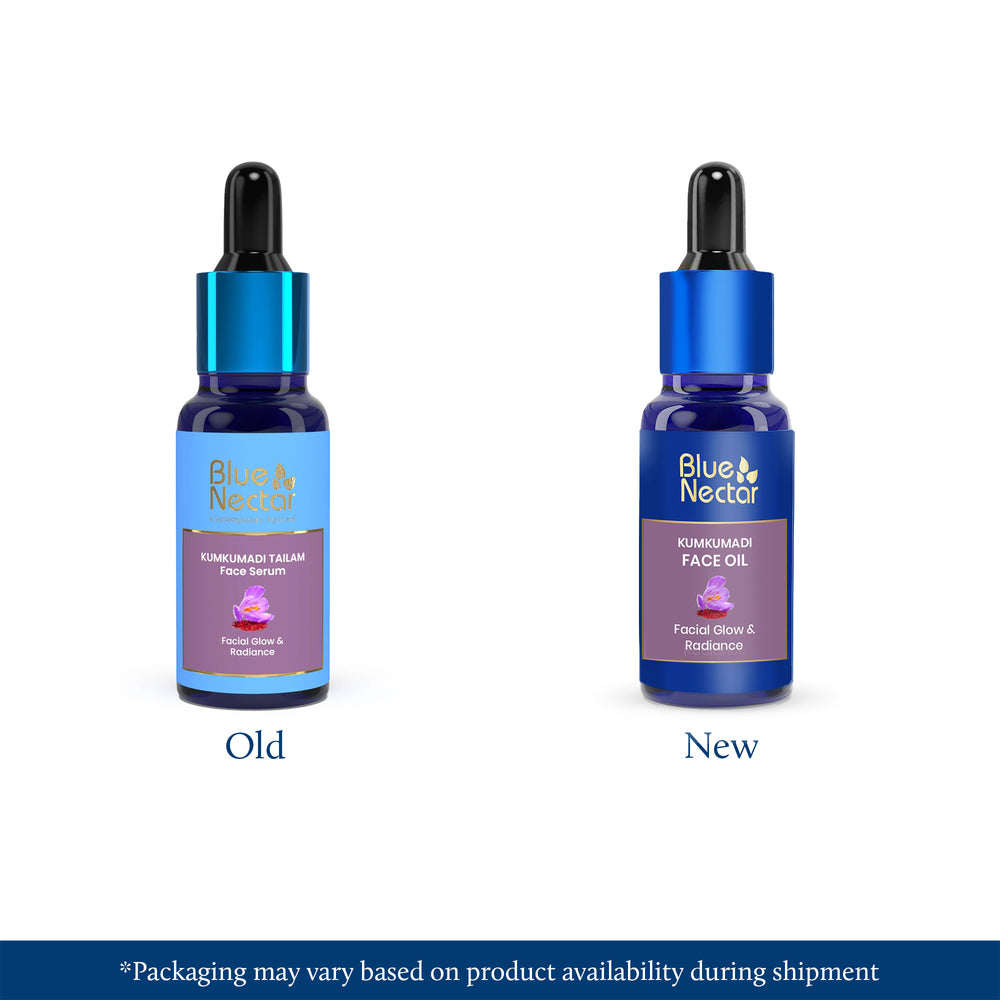
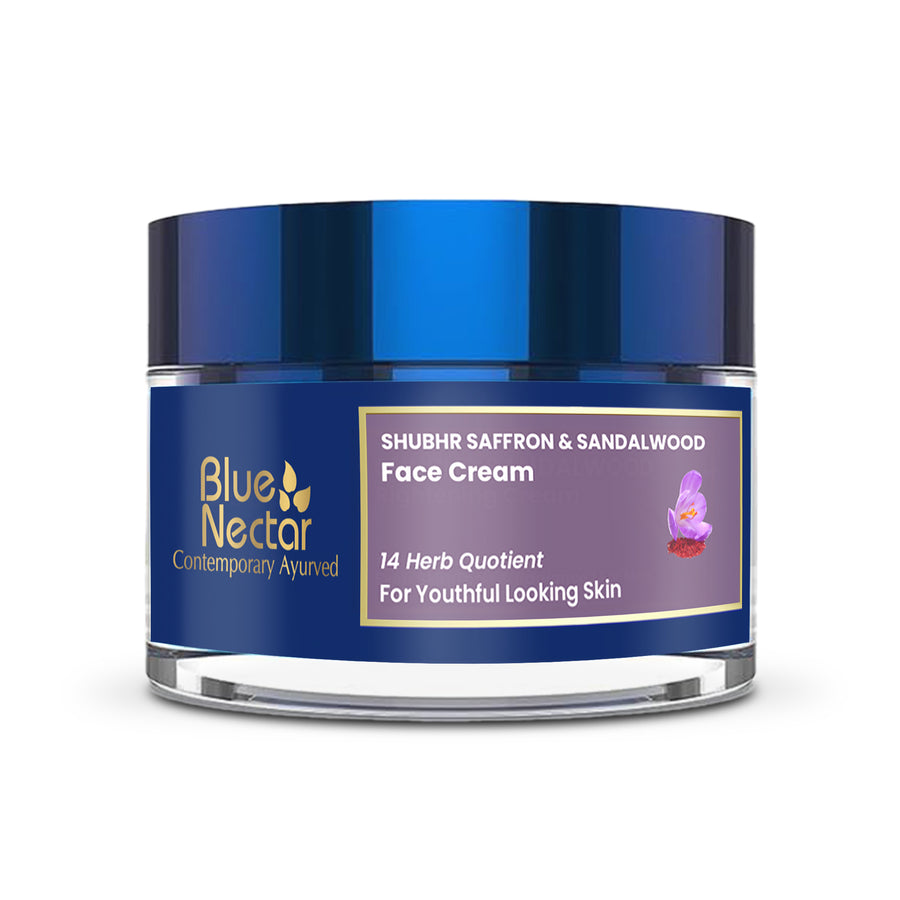

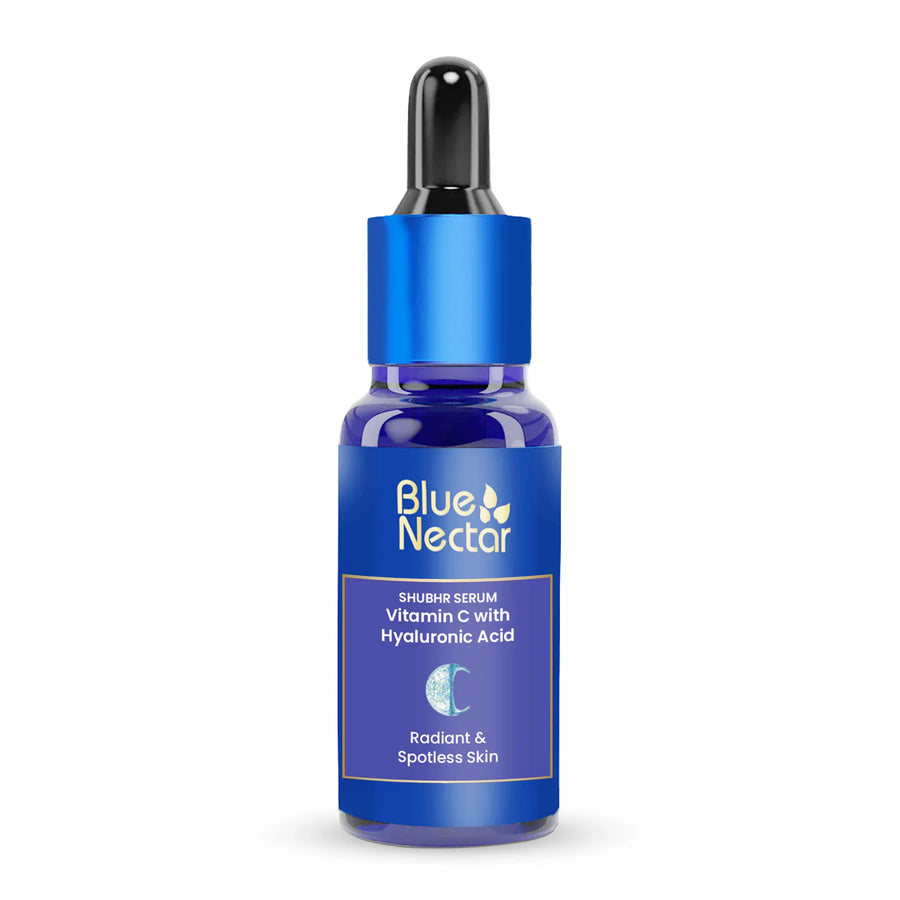


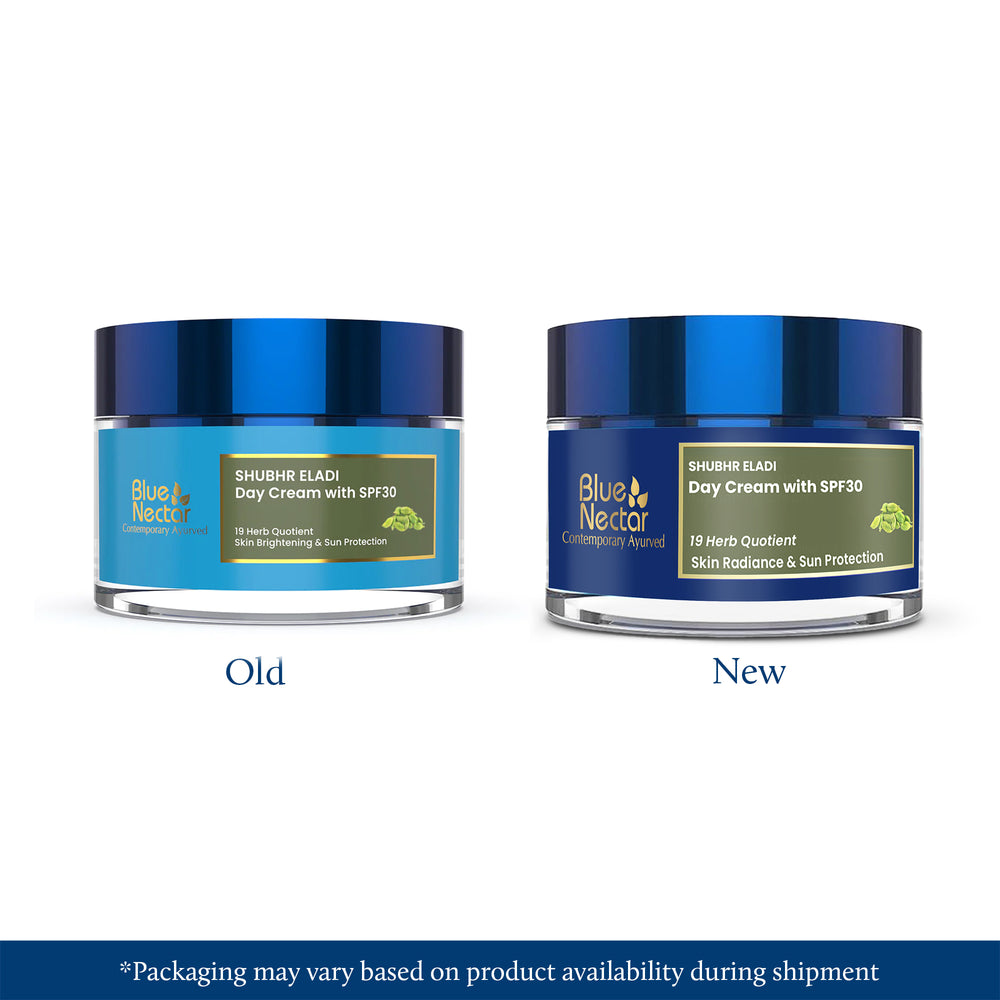
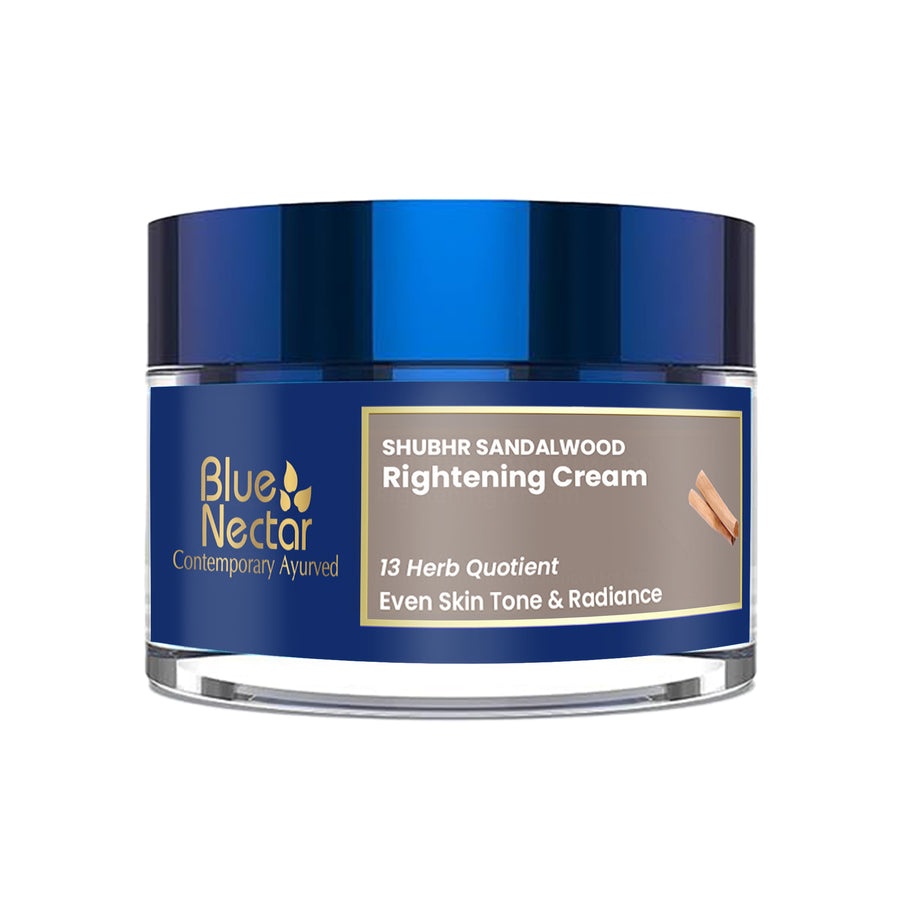
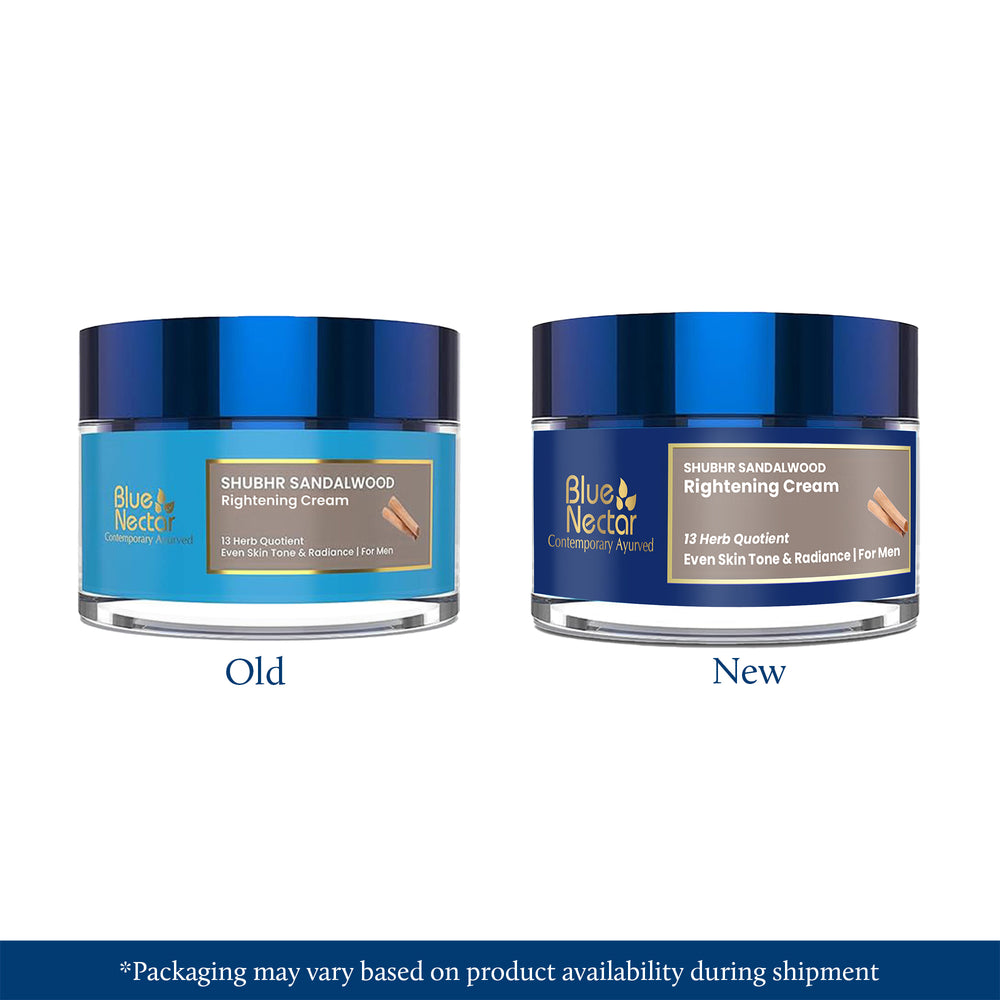




Leave a comment